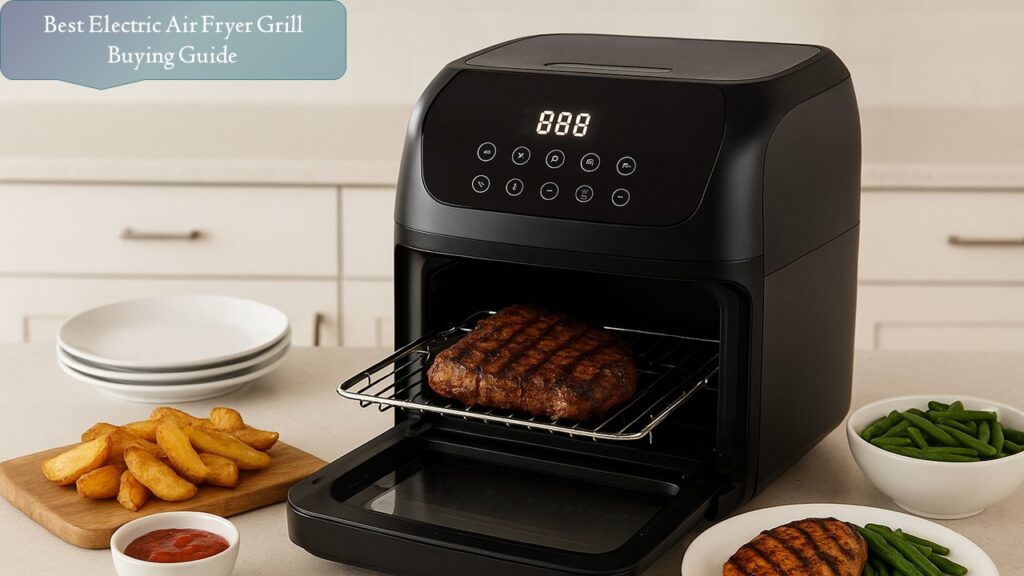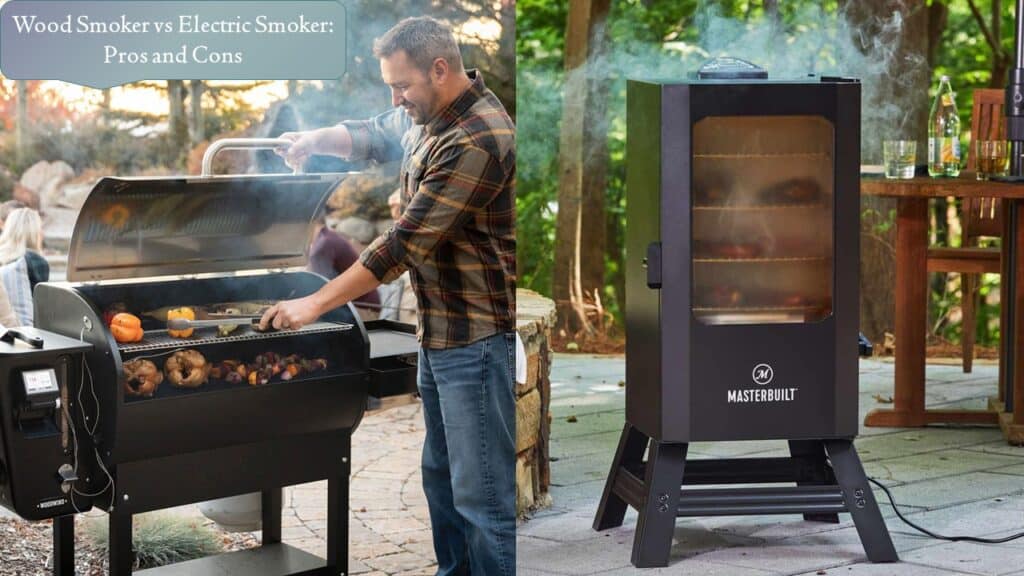Every kitchen tells a story, and a good cookware set is at the heart of it. From simmering sauces to searing steaks, the right pots and pans can transform your cooking experience. But with countless options on the market – stainless steel, nonstick, cast iron, copper, and more, ow do you know which set is truly right for you? Let’s dive in and explore everything you need to make an informed decision.
Understanding Your Cooking Style:
The first step in choosing a cookware set is understanding how you cook. Are you a busy professional whipping up quick weeknight meals, or a home chef experimenting with gourmet recipes? Your cooking habits will determine the features you should prioritize:
- Daily cooking: Look for durable, easy-to-clean sets with nonstick surfaces.
- Gourmet cooking: Stainless steel or copper sets offer better heat control for precise cooking.
- Baking-focused: Some cookware sets come with oven-safe components for versatility.
- Family meals: Larger pots and pans with high sides are ideal for soups, stews, and pasta.
Identifying your primary cooking needs helps narrow down the overwhelming options.
Material Matters: Choosing the Right Metal
Cookware materials impact how food cooks, cleans up, and lasts. Here’s a breakdown of the most common options:
-
Stainless Steel
Stainless steel is the most popular choice for home cooks and professionals alike. It’s durable, resistant to rust, and non-reactive, meaning acidic foods like tomato sauce won’t alter the taste. Look for sets with an aluminum or copper core, which improves heat distribution and prevents hot spots.
Pros:
- Long-lasting
- Dishwasher safe
- Non-reactive
Cons:
- Poor heat conductivity without layered core
- Can stick if cooking at low temperatures
-
Nonstick Cookware
Nonstick pans are ideal for low-fat cooking and easy cleanup. They are perfect for eggs, pancakes, and delicate fish. However, nonstick coatings can degrade over time, especially with metal utensils or high heat.
Pros:
- Easy to clean
- Requires less oil
- Lightweight
Cons:
- Less durable
- Not suitable for high-heat searing
- Coatings can scratch or flake
-
Cast Iron
Cast iron is beloved for its heat retention and durability. It’s perfect for searing, frying, and baking, and it can even go from stovetop to oven. Seasoned cast iron also adds a natural nonstick surface over time.
Pros:
- Excellent heat retention
- Extremely durable
- Adds flavor to dishes
Cons:
- Heavy
- Requires maintenance and seasoning
- Not dishwasher safe
-
Copper
Copper cookware offers superior heat conductivity, allowing precise temperature control. Many copper pans are lined with stainless steel for safety, as unlined copper can react with certain foods.
Pros:
- Excellent heat control
- Professional-grade appearance
- Quick temperature adjustments
Cons:
- Expensive
- Requires polishing
- Reactive if unlined
Consider Cookware Set Components
Cookware sets come with varying numbers of pieces. Understanding what’s essential can prevent overbuying or ending up with unused items.
Essential Pieces:
- Saucepan(s): Ideal for sauces, boiling, and reheating.
- Frying pan/skillet(s): For sautéing, searing, and frying.
- Stockpot or Dutch oven: Perfect for soups, stews, and pasta.
- Sauté pan: Offers straight sides and larger surface area for frying or braising.
Optional but useful:
- Grill pan: Adds char lines and enhances grilling indoors.
- Roasting pan: Essential for poultry or large meals.
- Steamer insert: Great for vegetables and fish.
Choosing the right pieces depends on your cooking style and kitchen space.
Compatibility with Your Cooktop:
Not all cookware works with every stove. Check compatibility before purchasing:
- Induction cooktops: Require magnetic materials such as stainless steel or cast iron.
- Gas stoves: Can accommodate almost any material, but ensure stability on grates.
- Electric or ceramic: Smooth-bottomed cookware ensures even contact and heat distribution.
Choosing a set compatible with your stove ensures safety and efficiency.
Handle Design and Comfort:
Handles might seem minor, but ergonomics matter. Stainless steel or heat-resistant silicone handles are ideal. Check that the handles are:
- Cool to touch: For safe handling during cooking.
- Securely attached: Handles should be riveted rather than glued.
- Oven-safe: Some handles limit how hot your pan can go in the oven.
Comfortable handles enhance your cooking experience and reduce fatigue during long meals.
Oven and Dishwasher Safety:
Modern kitchens demand versatility. Oven-safe cookware allows for baking and broiling directly in the pan. Dishwasher-safe options simplify cleanup but may affect longevity for certain materials, especially nonstick and copper.
Check manufacturer guidelines to ensure your cookware set meets your cleaning and cooking preferences.
Budget Considerations:
Cookware is an investment, but price doesn’t always equate to quality. High-end sets offer durability and professional performance, but mid-range options often provide excellent performance for everyday use.
Tips for budgeting:
- Invest in core pieces first: You can always expand with specialty pans later.
- Avoid oversized sets with unnecessary extras: Unused items add clutter and cost.
- Look for warranties: Reputable brands often back their products, ensuring longevity.
Maintenance and Longevity:
Proper care extends the life of your cookware:
- Nonstick: Use silicone or wooden utensils; avoid high heat.
- Cast iron: Season regularly and avoid soap.
- Stainless steel: Hand wash to maintain shine; use gentle scrubbing for stuck-on food.
- Copper: Polish periodically to retain the professional luster.
Maintenance considerations might influence your choice, especially if you prefer low-effort kitchen tools.
Final Thoughts: Finding the Right Fit
Choosing a cookware set can feel overwhelming, but breaking it down into material, size, compatibility, and budget simplifies the process. My own kitchen has a mix: stainless steel for everyday cooking, cast iron for searing steaks, and a few nonstick pans for delicate items. This combination lets me tackle any recipe without compromise.
A few final tips:
- Start with essentials: Don’t buy a 20-piece set unless you will use every piece.
- Test ergonomics: Handles and lid fits should feel natural in your hand.
- Prioritize durability: High-quality materials save money in the long run.
- Consider your stove: Induction, gas, or electric; make sure your set is compatible.
- Balance budget and features: Sometimes mid-range cookware with good reviews is better than a luxury set you never use.
A great cookware set isn’t just a tool, it’s an investment in your culinary creativity and kitchen enjoyment. By considering your cooking style, the materials, your kitchen setup, and your budget, you can select a set that will last years and make every meal a pleasure to prepare.







